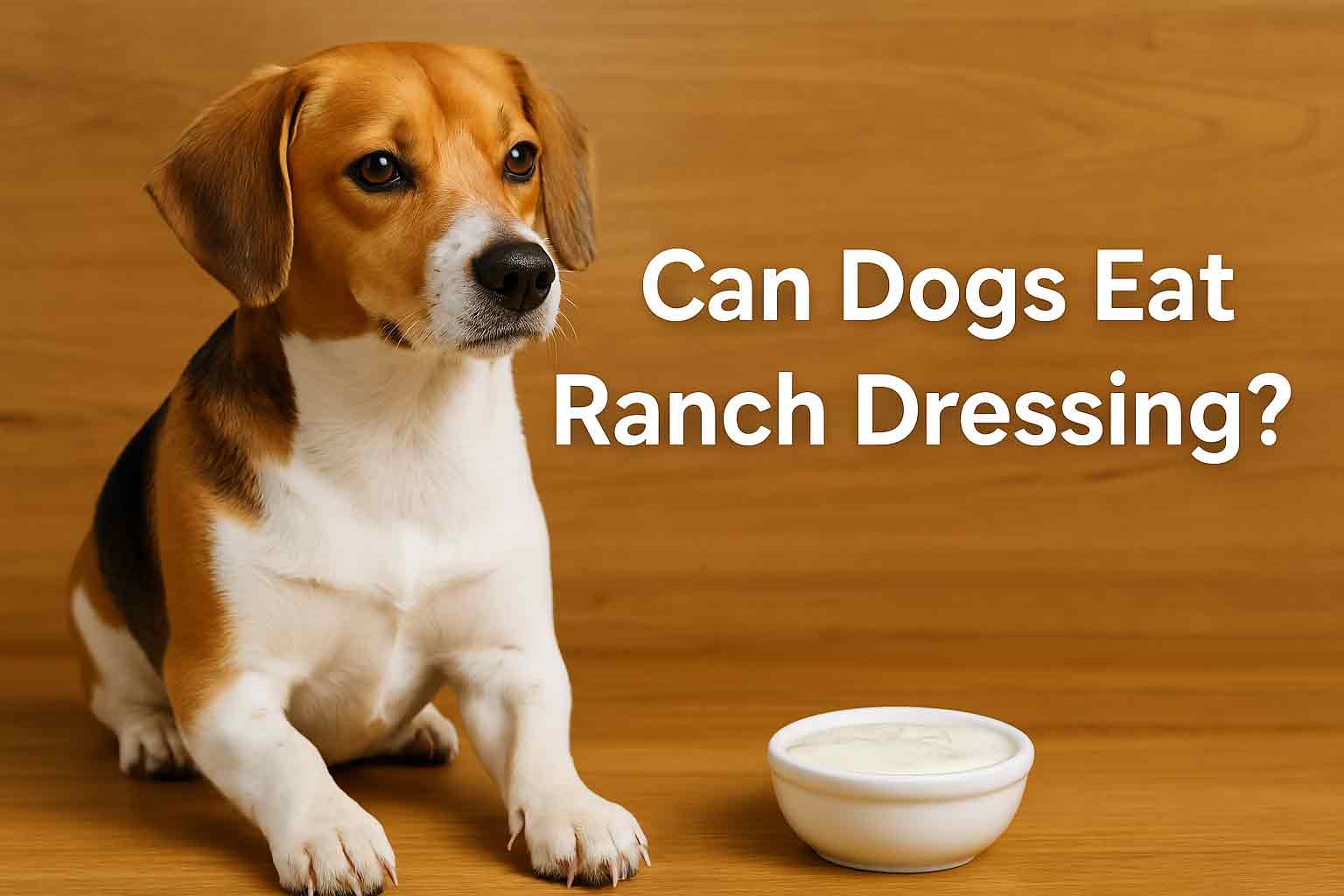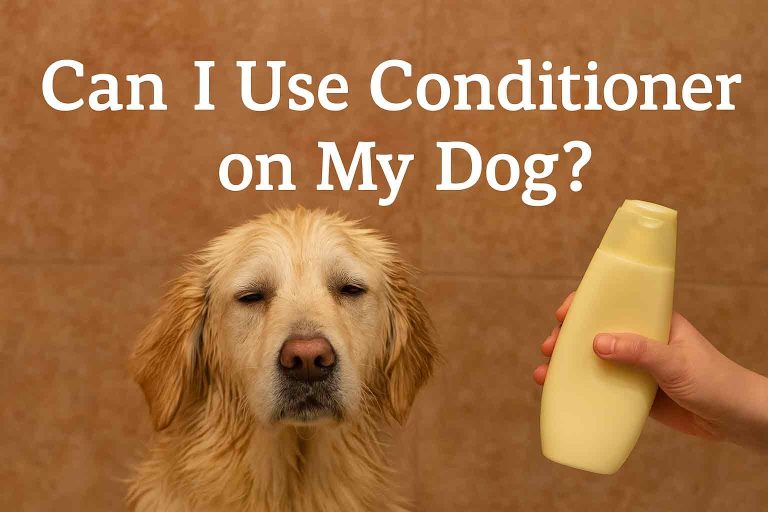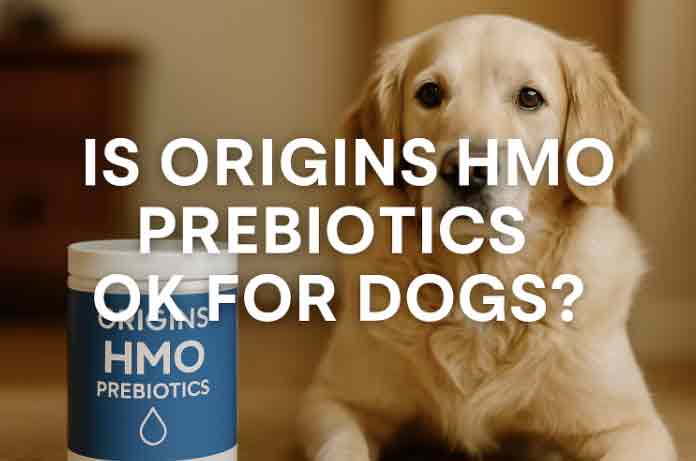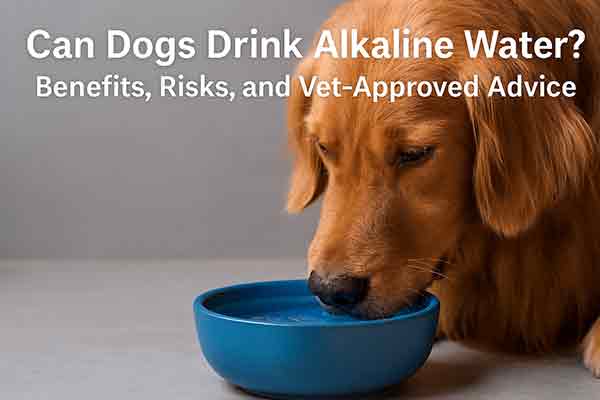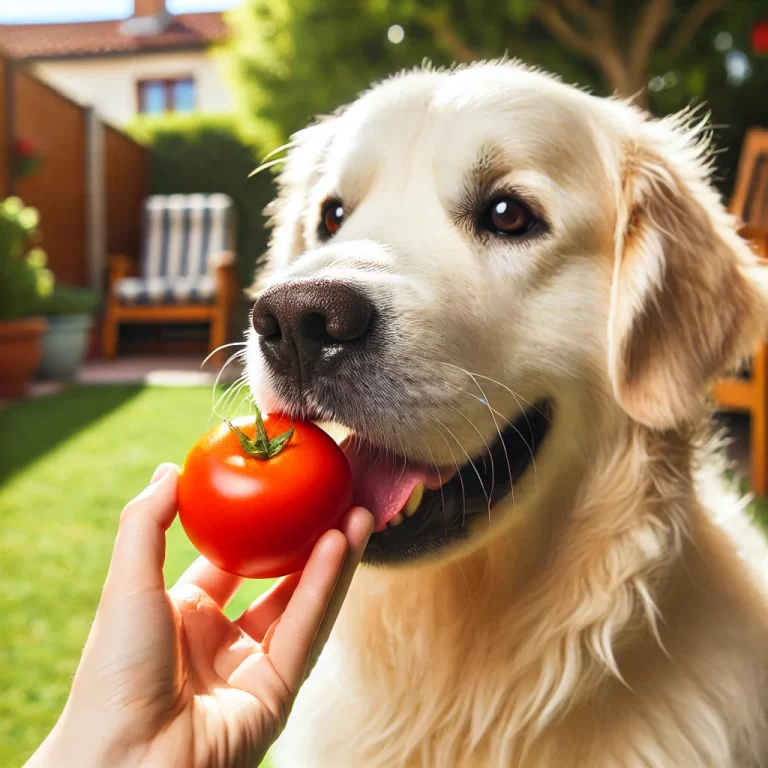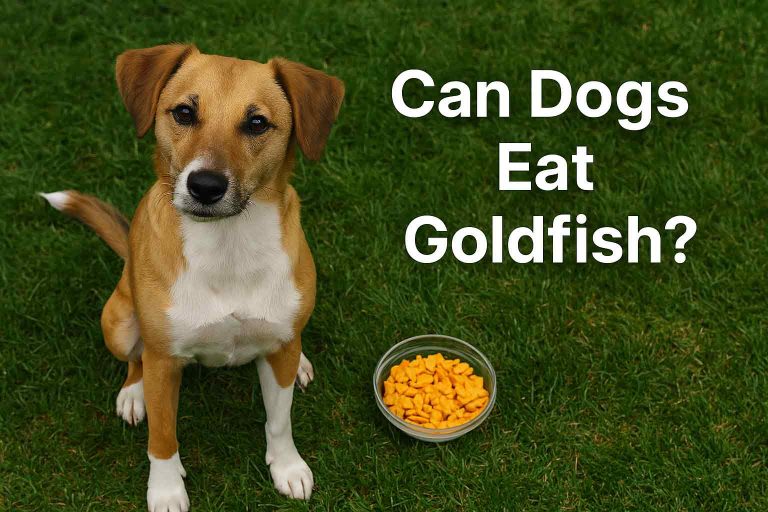Can Dogs Eat Ranch Dressing? Ingredients, Risks & Safe Alternatives for Dogs
Table of Contents
- 1. Introduction
- 2. Why Gum Is Dangerous for Dogs
- 3. What Is Xylitol and Why Is It Harmful?
- 4. Symptoms of Xylitol Poisoning in Dogs
- 5. How Much Gum Is Toxic to Dogs?
- 6. What to Do If Your Dog Eats Gum
- 7. What If the Gum Doesn’t Contain Xylitol?
- 8. Veterinary Treatment and Prognosis
- 9. Tips to Prevent Gum Ingestion
- 10. Frequently Asked Questions
- 11. Final Thoughts
- 12. Key Takeaways
1. Introduction
Many pet owners don’t think twice about leaving gum in a bag, purse, or car console. But what happens if your dog gets into it? Can dogs eat gum? The short answer is no. Gum, especially sugar-free varieties, can be extremely toxic to dogs—sometimes even fatal. In this article, we’ll break down why gum is dangerous, what ingredients to watch for, and what to do if your pup gets a hold of some.
2. Why Gum Is Dangerous for Dogs
The biggest concern with dogs eating gum is the presence of xylitol, a sugar substitute that is highly toxic to dogs. Xylitol can cause a rapid insulin release, leading to dangerously low blood sugar levels (hypoglycemia). In higher doses, it can also result in liver failure.
3. What Is Xylitol and Why Is It Harmful?
Xylitol is a natural sweetener found in many sugar-free gums, candies, mints, toothpaste, and baked goods. While safe for humans, it can be deadly for dogs. It only takes a small amount to cause a severe drop in blood sugar, and larger amounts can lead to acute liver failure.
4. Symptoms of Xylitol Poisoning in Dogs
Symptoms of xylitol toxicity can appear within 15–30 minutes of ingestion and may include:
- Vomiting
- Lethargy or weakness
- Staggering or loss of coordination
- Seizures
- Collapse or coma
- Jaundice (in cases of liver failure)
5. How Much Gum Is Toxic to Dogs?
Even a small amount of xylitol can be dangerous. As little as 0.1 grams per kilogram of body weight can cause hypoglycemia. Some gum brands contain up to 1 gram of xylitol per piece, meaning a single piece can be toxic to a small dog. Always check ingredient labels and keep all gum out of your pet’s reach.
6. What to Do If Your Dog Eats Gum
If you suspect your dog has eaten gum, especially sugar-free gum, act quickly:
- Check the packaging for xylitol
- Call your veterinarian or a pet poison hotline immediately
- Do not induce vomiting unless instructed by a professional
- Provide your vet with as much information as possible—brand, ingredients, how much was eaten, and when
7. What If the Gum Doesn’t Contain Xylitol?
Even if the gum doesn’t contain xylitol, it’s still not safe for dogs. Ingesting regular gum can cause digestive blockages or discomfort. Packaging or foil can also present choking or intestinal obstruction hazards.
8. Veterinary Treatment and Prognosis
Veterinary treatment may include:
- Inducing vomiting (if appropriate)
- IV fluids and glucose supplementation
- Liver protectants and blood monitoring
- Hospitalization for supportive care
The prognosis is good if caught early, but severe cases can be fatal. Prompt veterinary care makes a huge difference.
9. Tips to Prevent Gum Ingestion
- Keep gum and candy in sealed containers or cabinets
- Never leave purses, backpacks, or gym bags within your dog’s reach
- Educate family members about the dangers of xylitol
- Use xylitol-free products at home if possible
10. Frequently Asked Questions
Can one piece of gum kill a dog?
Yes, especially if it contains xylitol and your dog is small. Immediate veterinary attention is critical.
How long does it take for xylitol poisoning symptoms to appear?
Usually within 15–30 minutes, but liver damage symptoms can take hours or even days.
What if my dog seems fine after eating gum?
Don’t wait for symptoms. Contact your vet immediately. Early treatment is key to survival.
11. Final Thoughts
Can dogs eat gum? Absolutely not—especially sugar-free gum containing xylitol. It poses a serious health risk and should be treated as a medical emergency. If your dog has ingested gum, don’t take a “wait and see” approach. Get help right away. Prevention, awareness, and quick action can save your dog’s life.
12. Key Takeaways
- Gum, particularly sugar-free varieties, is dangerous for dogs
- Xylitol is extremely toxic and can cause hypoglycemia or liver failure
- Symptoms can appear quickly—seek immediate vet help
- Even non-xylitol gum can cause blockages or choking
- Prevention and awareness are your best tools

